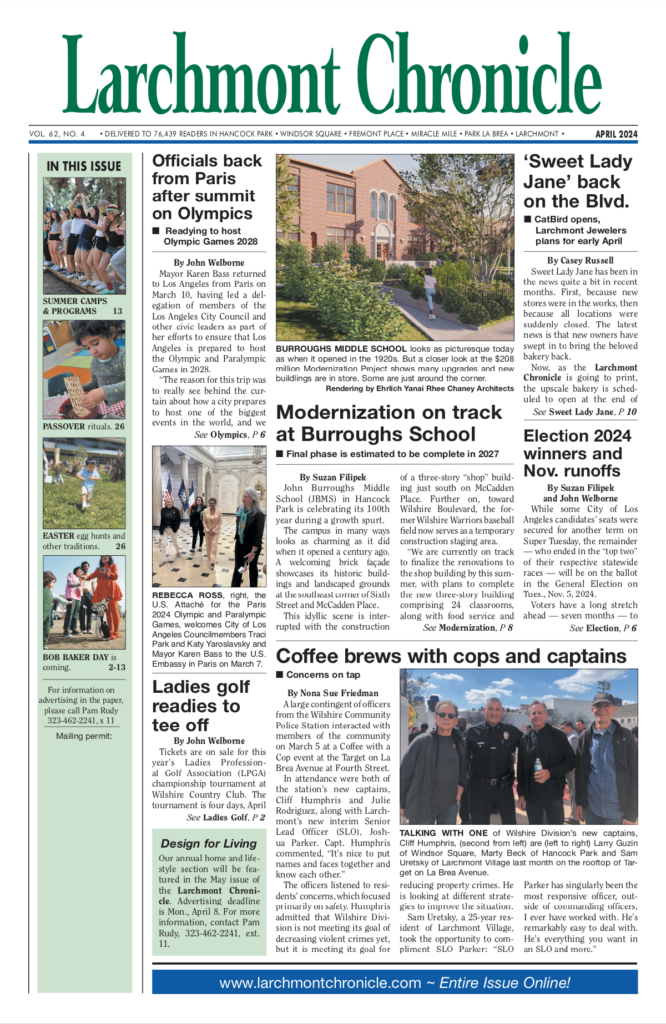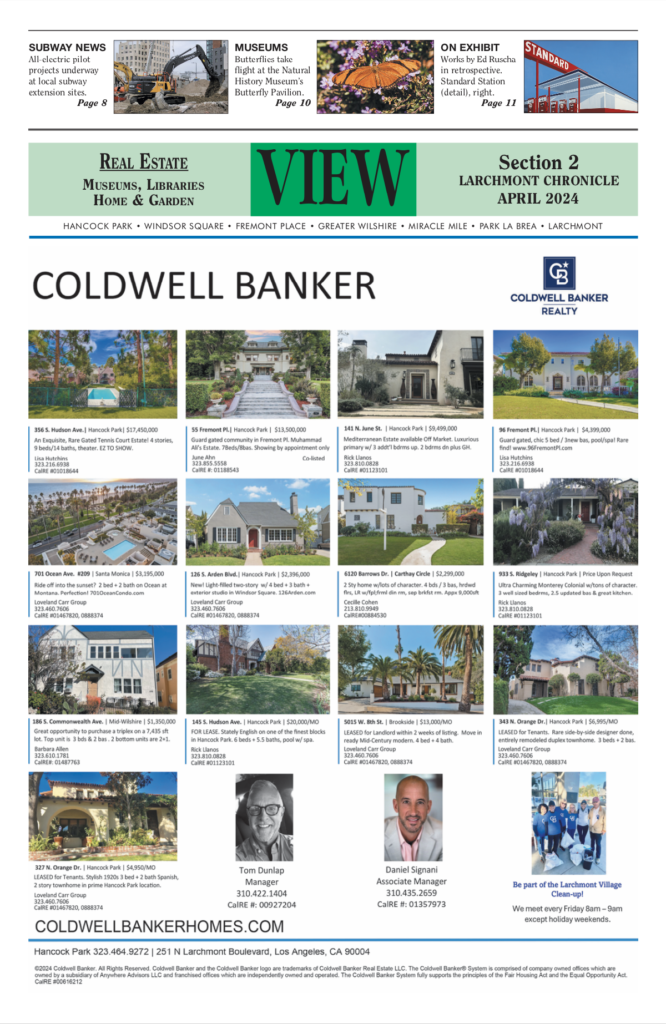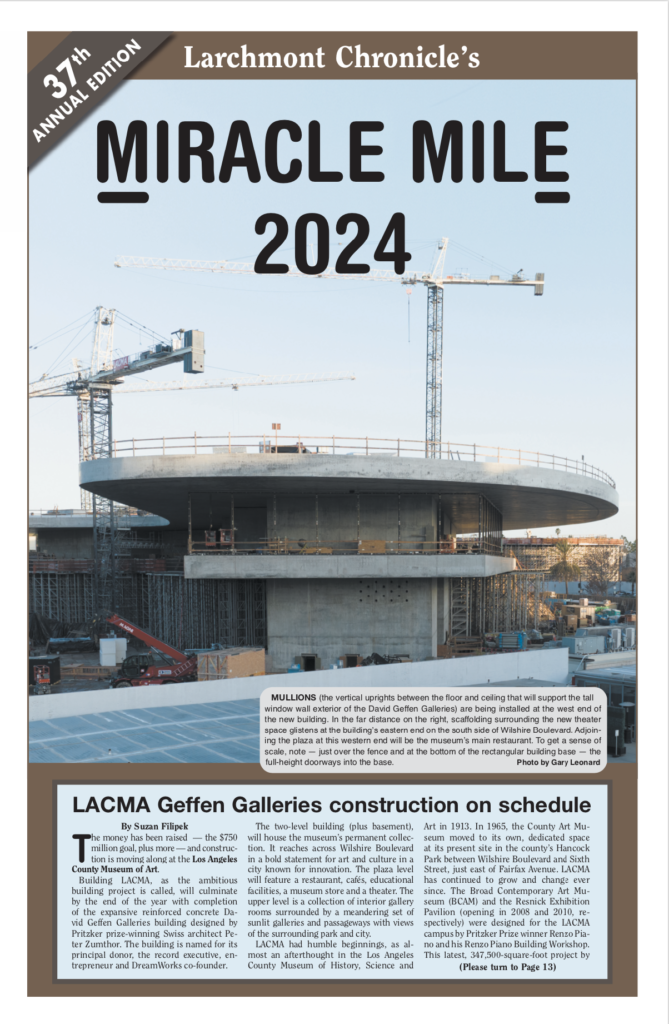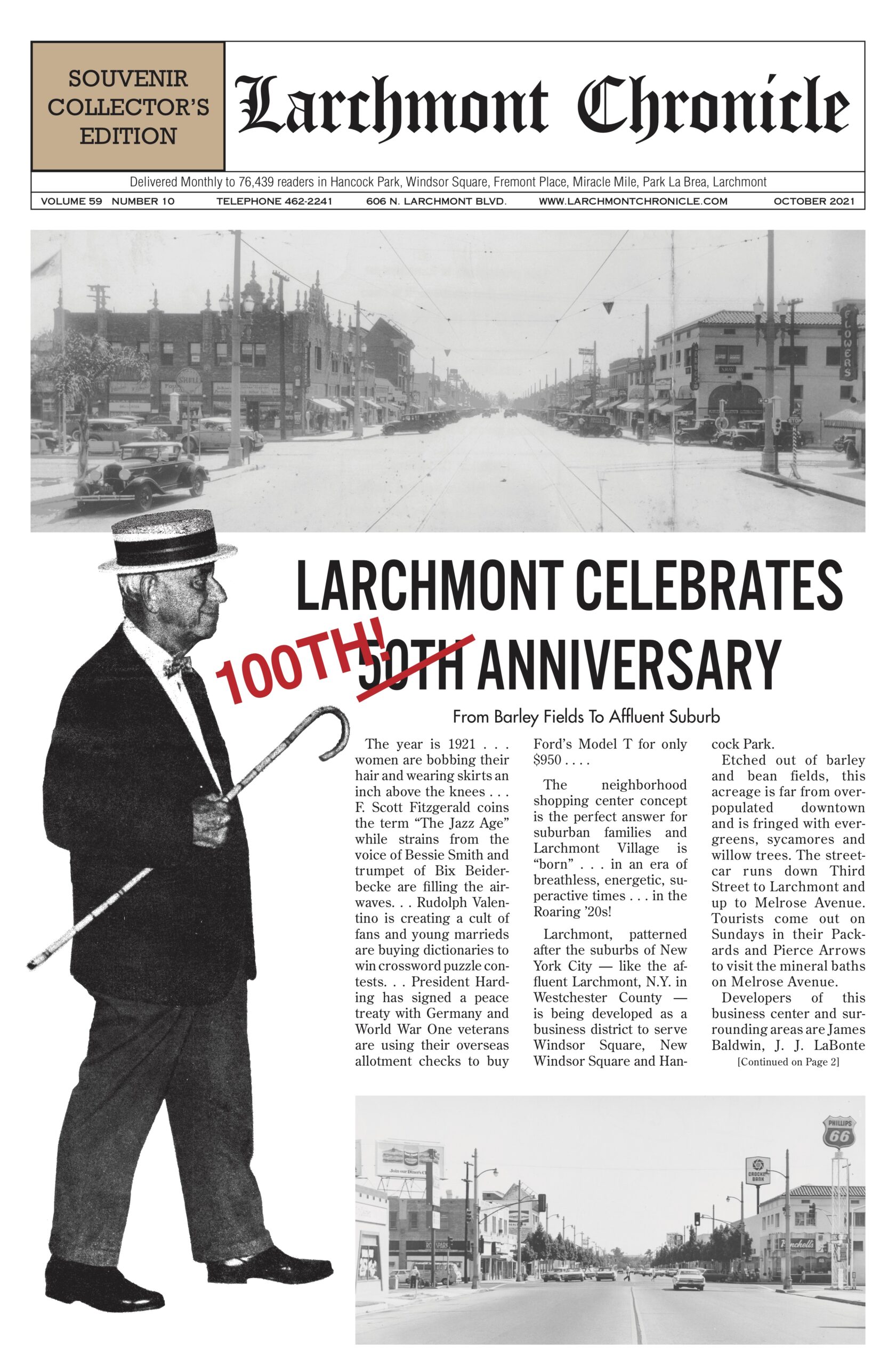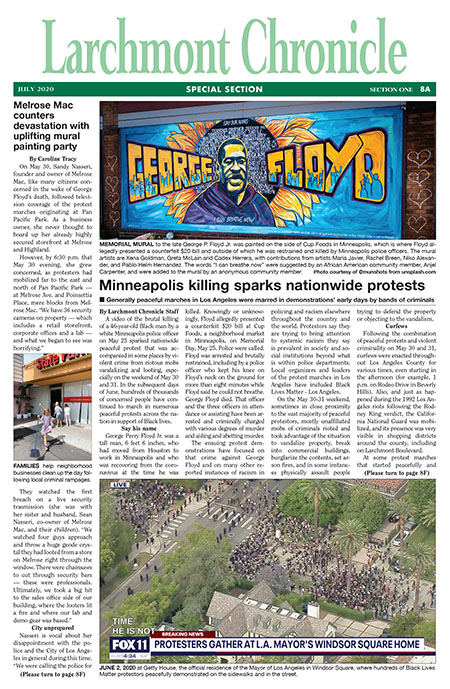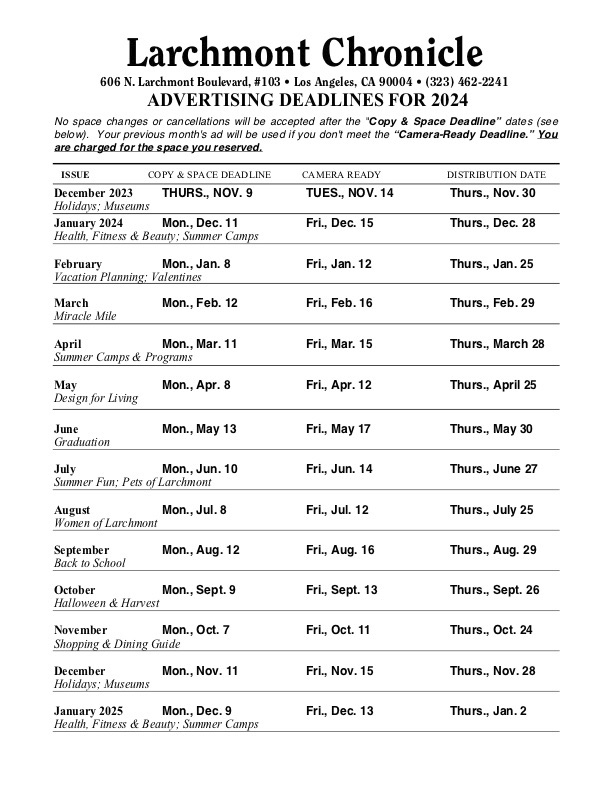City Hall opponents gather at local school
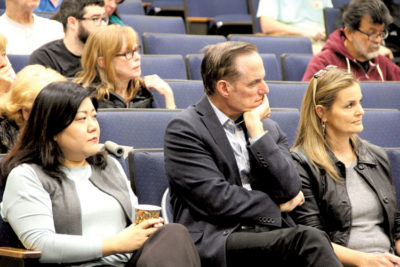
BALLOT INITIATIVE backers Grace Yoo, Michael Weinstein and Debra Hockemeyer at Third St. School.
The flyer advertising the Sat., Nov. 18, two-hour meeting to be held at Third St. School asked attendees to “Share Your Experiences Fighting City Hall & Developers,” and that certainly took place.
Vociferous complaints were directed at spot-zoning, small-lot subdivisions and political fundraising. (Cited repeatedly was the recent “Los Angeles Times” story concerning Torrance-based real estate developer Samuel Leung who obtained approval of a 352-unit residential complex in the middle of a heavy manufacturing district north of San Pedro.)
Dubbed the “Wilshire Hollywood Community Town Hall Meeting,” 65 people attended, including several staff members of the “Coalition to Preserve LA” (that is promoting a March 7, 2017, ballot initiative to stop certain construction in Los Angeles) and a sign language interpreter and two court reporters who transcribed the entire meeting.
Local speakers

MID-CITY neighbor and former city planner Dick Platkin addressed a crowd invited to share experiences fighting City hall and developers.
Speakers included several local neighborhood activists: Jim O’Sullivan of the Miracle Mile Residential Association and Toby Horn and Dick Platkin of the Beverly Wilshire Homes Association. Other speakers were former candidate for Council District Four, Jay Beeber, Koreatown attorney (and former candidate for Council District 10) Grace E. Yoo, and Hollywood activist and organizer of United Neighborhoods for Los Angeles, Casey Maddren.
Also present but not speaking was Michael Weinstein, president of AIDS Healthcare Foundation, the nonprofit organization that has provided the bulk of the funding (nearly $1.4 million through September) for the Coalition to Preserve LA and its construction moratorium initiative.
For almost every speaker, “the city” was the bogeyman, the problem, the cause of all that is wrong in Los Angeles such as traffic congestion, shade and shadow on existing buildings, and overtaxing of infrastructure such as sewers, water mains, power lines, and more. By “the city,” the speakers meant city staff, primarily in the Dept. of City Planning, and the elected officials to whom those planners report. The problems listed were legion. The anger was palpable.
Two-year moratorium
But solutions were offered. In a dialogue, Jay Beeber and Casey Maddren suggested that the proposed two-year moratorium on construction not consistent with existing zoning (the key provision of the March ballot measure named by its proponents as the “Neighborhood Integrity Initiative” and available online in its full text at the Larchmont Chronicle home page at larchmontchronicle.com) “will force the city to do good planning.”
Beeber said that a two-year “time out” would allow the city staff and City Council to update the existing 35 community plans that govern land use throughout the city. Beeber said that the revised plans must take into consideration the cumulative impact of new development on existing infrastructure. The proponents stated that their initiative measure, if adopted, will not stop all development. According to them, variances still may be granted, just no zone changes.
A “grand plan”
Beeber also argued that the elected officials’ frequent assertions that there is a housing problem in Los Angeles are not accurate. Beeber said there is a 12 percent vacancy rate in existing housing. He added that the building of large new developments “is part of a grand plan” of the Mayor, City Council members, city planners, and staff members in the city’s Department of Transportation to increase density and discourage the use of automobiles. He called it a “grand plan to remake the city in their image.”
In the ensuing question and answer session, there was much anger expressed, with words like “corruption” used repeatedly. The anger in the room was evident, including when Grace Yoo asked the people in the audience to stand to shame a developer who was in the audience. Almost everyone soon was standing.
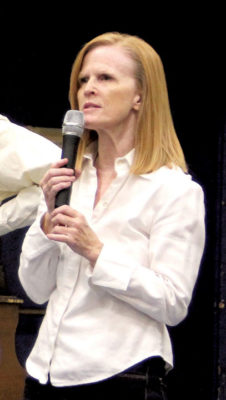
JILL STEWART, campaign director of the Coalition to Preserve LA, spoke at Third St. School.
In response to a question from the Chronicle, Jill Stewart, campaign director of the Coalition to Preserve LA, said that the recently adopted city Proposition JJJ that garnered 64 percent of the vote does not impact her group’s campaign. “JJJ has set off a war of words in which various sides do not agree on what the lengthy measure says or does. We’re staying out of this fight about what JJJ means. We know what our measure says and does,” she said.
Projecting growth
Asked whether she and the other construction moratorium proponents expect there to be population growth in the city of Los Angeles in the next 20 years, and how many people might come and where they might want to live, Stewart responded: “There is no known system for accurately predicting a city’s growth 20 years out, and City Hall officials have in the past 20 years proven particularly inept at trying, by continually exaggerating LA’s predicted growth.”
She continued: “Our measure forces the City Council to behave like adults, by doing a job they have shunned for 20 years: updating the General Plan every five years, as well-run cities do, to take into account the true ebb or flow, not a fantasy 20 years out.
“Every five years, they must re-address and plan for the desperate need for parks, updated water mains, better roads, safety services, all while considering the current — not an unmeasurable 20 years away — growth.”
Stewart added that the city “has been removed from the state’s population boom list, as has the entire county. LA growth is 1.2 percent per year due to our plummeting birth rate and, perhaps, also fed by the reported population drop in Millennials over the past several years.” She concluded that, “None of this predicted by the growth-at-all-cost boosters at City Hall, of course.”
Category: News

